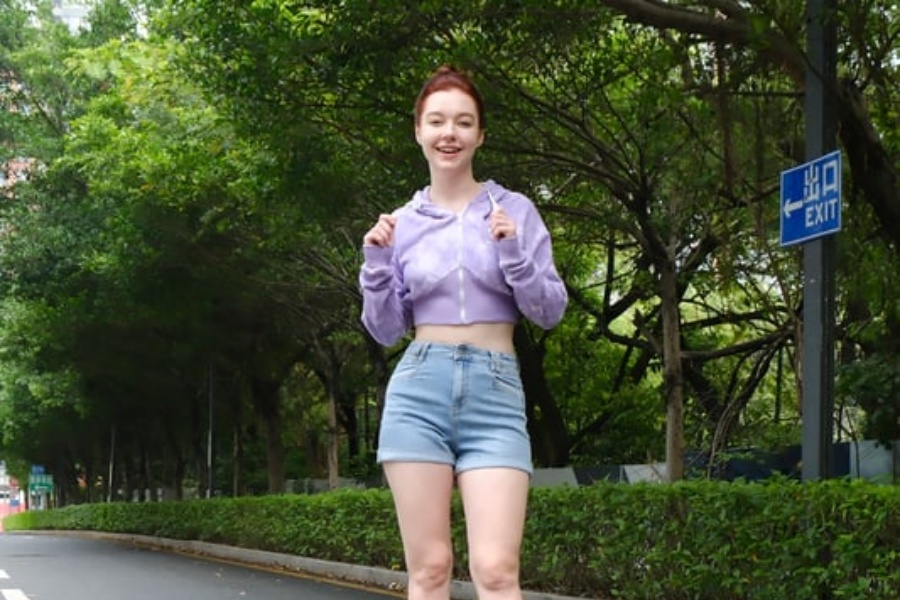Sustainable hoodie fabrics refer to materials that are produced with minimal environmental impact while maintaining durability and comfort. These fabrics are created through eco-friendly processes, using renewable resources or recycled materials. The goal is to reduce carbon footprints, water usage, and chemical pollution associated with traditional textile manufacturing. By choosing sustainable hoodie fabrics, consumers support ethical fashion and promote a greener future.
The Environmental Benefits of Sustainable Hoodie Fabrics
One of the significant advantages of sustainable hoodie fabrics is their lower environmental footprint compared to conventional textiles. Organic cotton, bamboo, hemp, and recycled polyester require less water, energy, and pesticides throughout their production. This reduction in resource consumption helps conserve natural ecosystems, improves soil health, and decreases greenhouse gas emissions. Wearing hoodies made from sustainable fabrics contributes to mitigating climate change.
Popular Types of Sustainable Hoodie Fabrics
Several eco-friendly materials are currently favored in the production of sustainable hoodies. Organic cotton is grown without synthetic chemicals, ensuring safer farming practices. Bamboo fabric is biodegradable and fast-growing, making it a renewable resource. Hemp is highly durable and requires minimal water or pesticides. Recycled polyester is produced from post-consumer plastics, reducing landfill waste. Each material offers unique properties suitable for different hoodie styles.
Comfort and Durability in Sustainable Hoodie Fabrics
Sustainable hoodie fabrics are designed not only to be eco-conscious but also comfortable and long-lasting. Organic cotton and bamboo are soft and breathable, providing all-day comfort. Hemp is known for its strength and resistance to wear, making it an excellent choice for durable hoodies. Recycled polyester offers moisture-wicking qualities and resilience. These fabrics meet consumer expectations for both style and performance.
The Role of Certification in Sustainable Hoodie Fabrics
Certifications like GOTS (Global Organic Textile Standard) and OEKO-TEX ensure that sustainable hoodie fabrics meet environmental and social criteria. GOTS certification guarantees organic fiber sourcing and eco-friendly processing methods. OEKO-TEX certifies textiles free from harmful substances, prioritizing consumer health. These labels guide consumers in identifying truly sustainable fabrics and encourage transparency in the fashion industry.
Innovations Driving Sustainable Hoodie Fabric Production
Technological advancements are continually enhancing sustainable hoodie fabrics. Developments in bio-fibers made from algae or mushroom leather alternatives are entering the market. Waterless dyeing techniques reduce water pollution, and closed-loop recycling systems minimize waste. Such innovations enable manufacturers to produce fashionable hoodies with significantly less environmental impact, fostering sustainable consumption patterns.
Economic Impact of Choosing Sustainable Hoodie Fabrics
Adopting sustainable hoodie fabrics supports ethical supply chains and fair labor practices. Many sustainable fabric producers collaborate with smallholder farmers and artisans, promoting local economies and improving livelihoods. Although costs may initially be higher, investing in sustainable textiles contributes to long-term economic stability and responsible sourcing. Consumers play a crucial role in driving demand for sustainable fashion.
Care and Maintenance of Sustainable Hoodie Fabrics
Proper care extends the lifespan of hoodies made from sustainable fabrics and optimizes their ecological benefits. Washing organic cotton or hemp hoodies in cold water and line drying reduces energy consumption. Avoiding harsh detergents helps preserve fabric integrity. Sustainable fabrics are generally easier to care for and maintain their softness and durability with minimal environmental impact over time.
Challenges in the Sustainable Hoodie Fabric Industry
Despite progress, challenges remain in scaling sustainable hoodie fabrics. Limited availability, higher production costs, and consumer awareness gaps can restrict broader adoption. Some recycled fibers may face quality inconsistencies. Furthermore, achieving transparency across complex supply chains requires ongoing collaboration and regulatory support. Addressing these obstacles is essential to mainstream sustainable fabric use.
The Future of Sustainable Hoodie Fabrics
The future of sustainable hoodie fabrics appears promising as consumer preferences tilt towards eco-conscious apparel. Emerging materials, circular design principles, and advances in textile recycling will redefine the sustainability landscape. Increased government incentives and corporate commitments accelerate adoption. As sustainability becomes integral to fashion, hoodies crafted from responsible fabrics are set to become wardrobe staples worldwide.
Quote Inquiry
contact us

